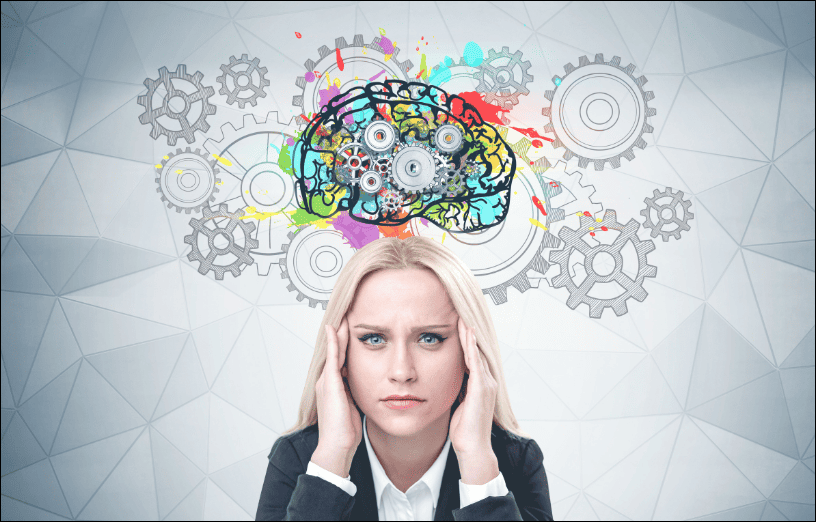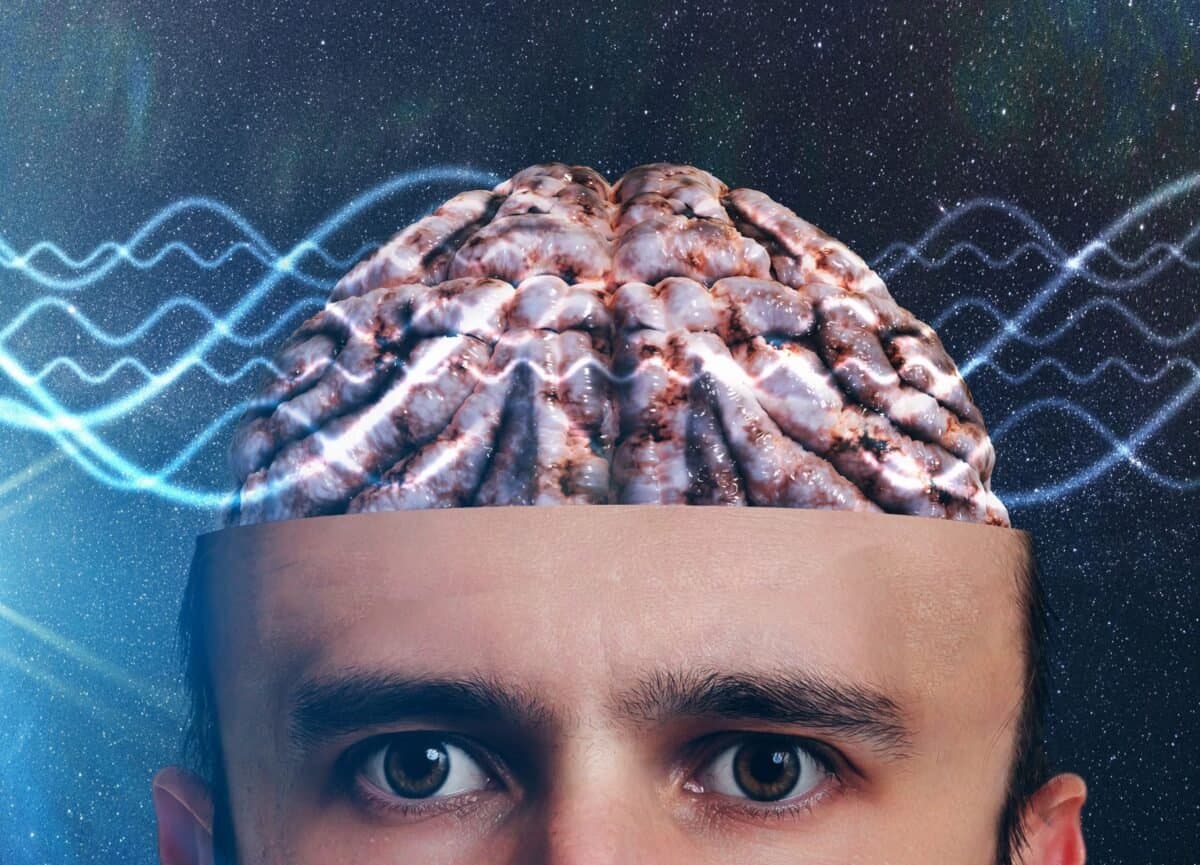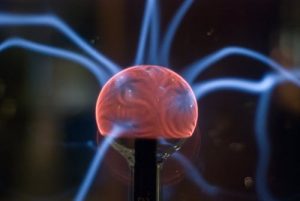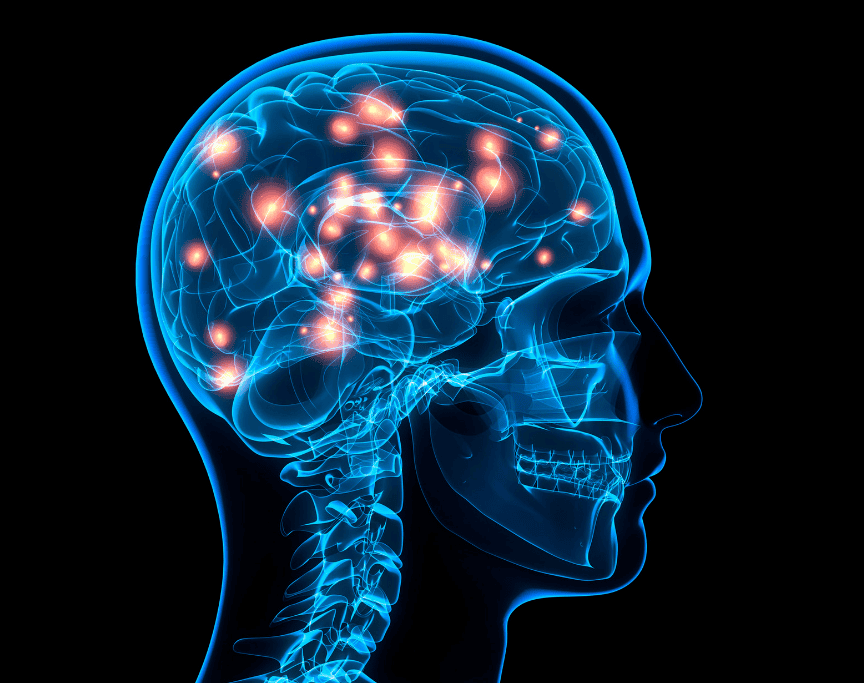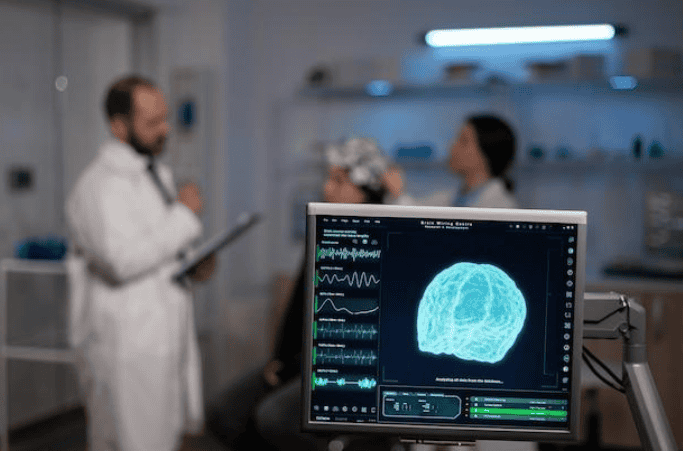What is Memory?
When it comes to memory we will be focusing on one central question:
What causes us to remember what we remember and to forget what we forget?
Why do I remember my 14th birthday party or the girl I had a crush on in the fifth grade, but I do not remember that one girl who sits in the back row in my first period class?
Memory is defined as learning that has persisted over time. There are several models that exist to explain memory- we will go over the most important two; the three-box/information processing model and the levels of processing model.
But before I go through the models an easy way to look at memory is through a three step process; encoding, storage and retrieval. Encoding is the process of putting information inside of your head. Think of encoding like typing a project on your computer. If someone starts fling rubber bands at your head that while you are trying to study, that would effect the info you are trying to get in your head; called encoding failure.

The next step, storage, is holding the information inside your head; just like pressing CTRL S on your computer and saving your project. If you bang your head one night and forget the name of your dog, you have storage failure. Finally, there is retrieval, or getting the information you have stored back out of your head so you can use it.
This would be the same as finding and opening the document on your computer. If you drink a lot of alcohol and can’t remember where you live, you have retrieval failure. If you keep these terms in mind (encoding, storage and retrieval) the concept of memory becomes a snap.
Before looking at the model in any detail, I want you to understand that this model is just an idea. In reality, memory occurs many different ways, all over the brain. But this model creates a concept that simplifies the process.
Three-Box/information processing model
Sensory Memory
In order for anything to enter out memory, it must first be picked up by our senses (taste, touch, sight, hearing and smell). This first stage of memory is called sensory memory. Sensory memory (the hardest of the three types of memory to grasp) is defined as a slit second holding tank for all sensory information.
I like to think of sensory memory like the Niagara Falls. The top of the falls is our brain/awareness and the water is all the stuff we are constantly sensing. Most of what we sense we forget almost immediately, just like most of the water goes to the top of the falls and falls right down. In fact, there is just a VERY SMALL amount of information picked up by our senses that we pay attention to and goes on to the next stage of memory (short term memory).
Researcher George Sterling demonstrated that sensory memory exists, and that it only lasts a split second. He flashed a grid of nine letters, three rows and three columns, to participants for 1/20 of a second. The participants in the study were directed to recall either the top, middle or bottom row immediately after the grid was flashed to them (Sterling used a low, medium or high tone to indicate which row they should recall).
The participants could recall any of the three rows perfectly. This experiment demonstrated that the entire grid must be held in the sensory memory for a split second. This type of sensory memory is called iconic memory, a split second perfect photograph of a scene. If not asked what the letters in the grid were immediately after the flash, the participants would have no recollection of ANY of the letters. Other experiments demonstrated the existence of echoic memory, an equally split second memory for sounds.
Most of the information in or sensory memory is not encoded, however some of it is encoded in the next stage of our memory: short term memory. What determines which sensory messages get encoded? Selective attention: we encode what we are paying attention to or what is important to us. Five seconds ago, you did not feel your socks. The feeling of your socks went into your sensory memory and right back out. Right now you cannot help but pay attention to the feeling- thus you will begin to remember the feeling in your short term memory.
Short-term Memory
Also called working memory, short-term memory is everything you are thinking of at the current moment. Short-term memory is also temporary. If you do nothing with them, they usually fade in 10 to 30 seconds. The short-term memory is kind of like a pier or dock. If you put too many people on the dock, someone will fall off into the water. Like the dock, the short-term memory can only fit a certain number of things before some fall off (forget). The average short term memory is around 7 units.
For example, we can hold about seven numbers in our short term memory (that is why phone-e numbers are seven digits long). Now, we can increase our short term memory by chunking information. Chunking is grouping information into larger units. For example, the phone number I grew up with was 914-835-2640. That number is 9 digits long.
But to people in the 914 area code, they have learned to chunk (group) 914 together so it counts as one digit. It is easier to chunk information if you make meaning out of it. Think of the numbers 177618121945- these digits may seem really hard to memorize- but if you chunk them into meaningful units (in this case famous dates in US history)- 1776- 1812- 1945- then the task becomes much easier.
A popular example of chunking is called mnemonic devices: or memory aids. ROYGBIV (for the colors of the visible light spectrum) or My very excellent mother just served us nine pizzas (for the planets) are examples of mnemonic devices (but I guess Pluto is not a planet- so get rid of pizzas and change nine to nutterbutters and everything is hunkydorey).
Now the MOST popular way to get information from our short-term memory into the next type of memory (long-term memory) is to rehearse the information. Rehearsing is just repeating the information that you have in your short-term memory enough times so it gets transferred into the long-term memory. Simple repetition can help our memory, but as we will find out later- creating meaning to the material helps even more.
Long-Term Memory
Long-term memory (LTM) is our limitless storehouse for information. Now although the LTM is unlimited, memories can decay or fade over time. LTM is broken down into two major types (declarative and non-declarative)
Declarative Memories (also called explicit memories) are our conscious memories that we have to put effort in to remember. There are two types of declarative (explicit) memories.
-
Semantic memory: General knowledge of the world stored as facts. If you remember the names of Columbus’s three boats then you have a semantic memory.
-
Episodic memory: Memories of specific events. Think of this like episodes of your life; like remembering your 14th birthday party.
Non-declarative Memories (also called implicit memories) are unintentional memories that we might not even realize we have. There are two major types on non-declarative (implicit) memories.
-
Procedural memories: Memories of skills and how to perform them. Riding a bike is a procedural memory.
-
Classically conditioning: Anytime you have been classically conditioned, you form a non-declarative (implicit) memory. When Pavlov’s dogs salivated at the sound of the tone- their body remembered the connection between the food and the bell- that was not a conscious memory- thus it is non-declarative.
One unique example of a long-term memory that VERY few people have is called eidetic memory (commonly called a photographic memory). This does exist but is extremely rare- what most people call a photographic memory is just a really good memory. A true eidetic memory benchmark is someone who can see a list of 70 digits for less than a minute- then recite them forwards and backwards- and remember that list up to 15 years later!!!!
Ok that was the three-box informational processing model of memory, the other (and much more simple) model is called:
Levels of Processing Model
The Levels of Processing Model is just another way of looking at memory. Instead of thinking of memories as long-term of short-term, this model looks at them as how deeply they have been processed. They are deeply (elaborately) processed or shallowly (maintenance) processed.
If you repeat something over and over again to yourself, take a quiz on it- do well, but forget it soon after- that information was shallowly (maintenance) processed in memory. If you give the information meaning while memorizing it (for example, relate it to your life or talk about it with friends) than you should deeply (elaborately) process the information and it will last much longer in your memory.
In both memory models, the last step in memory is to get the information back out of your head after your store it, which is called retrieval.
